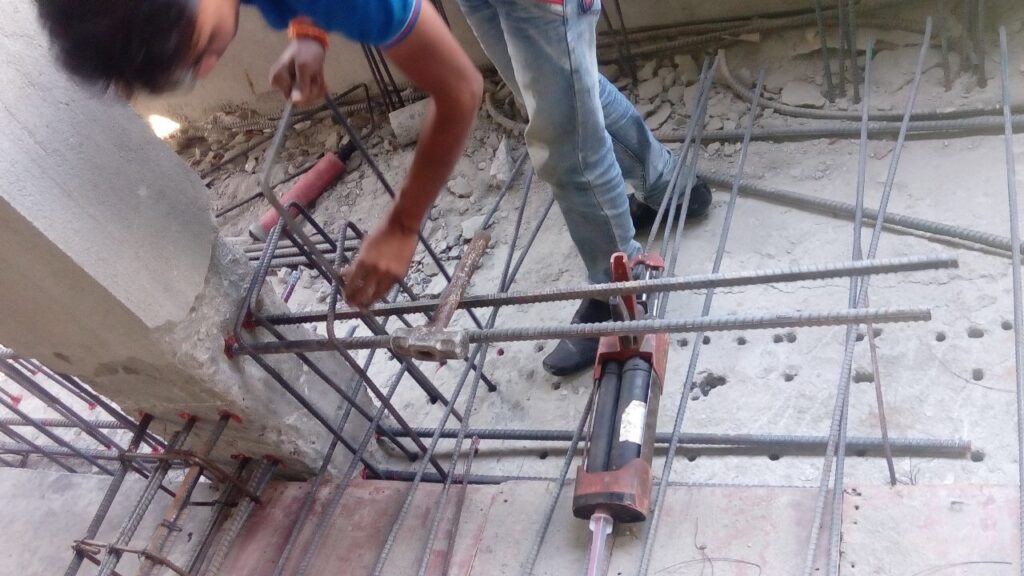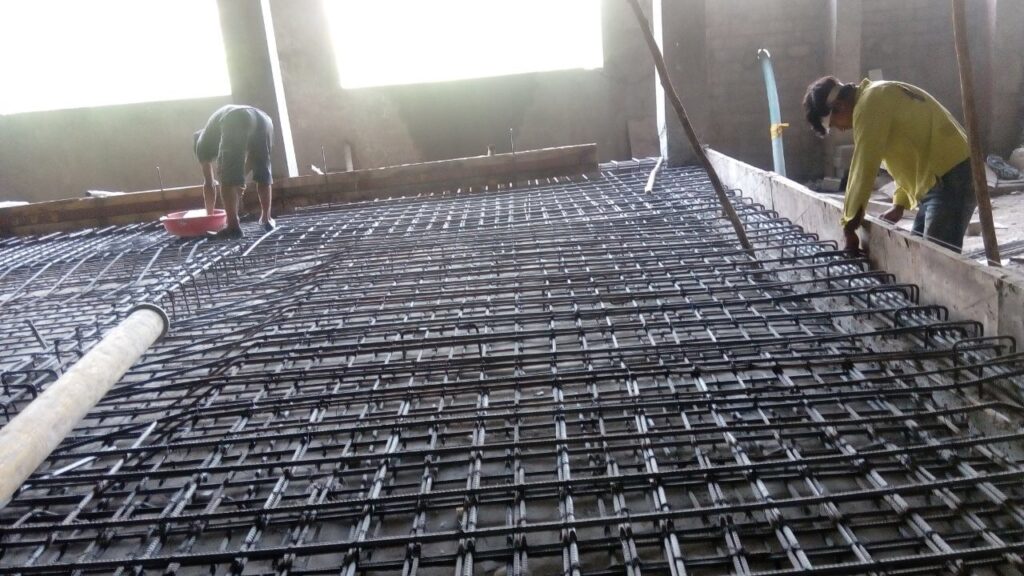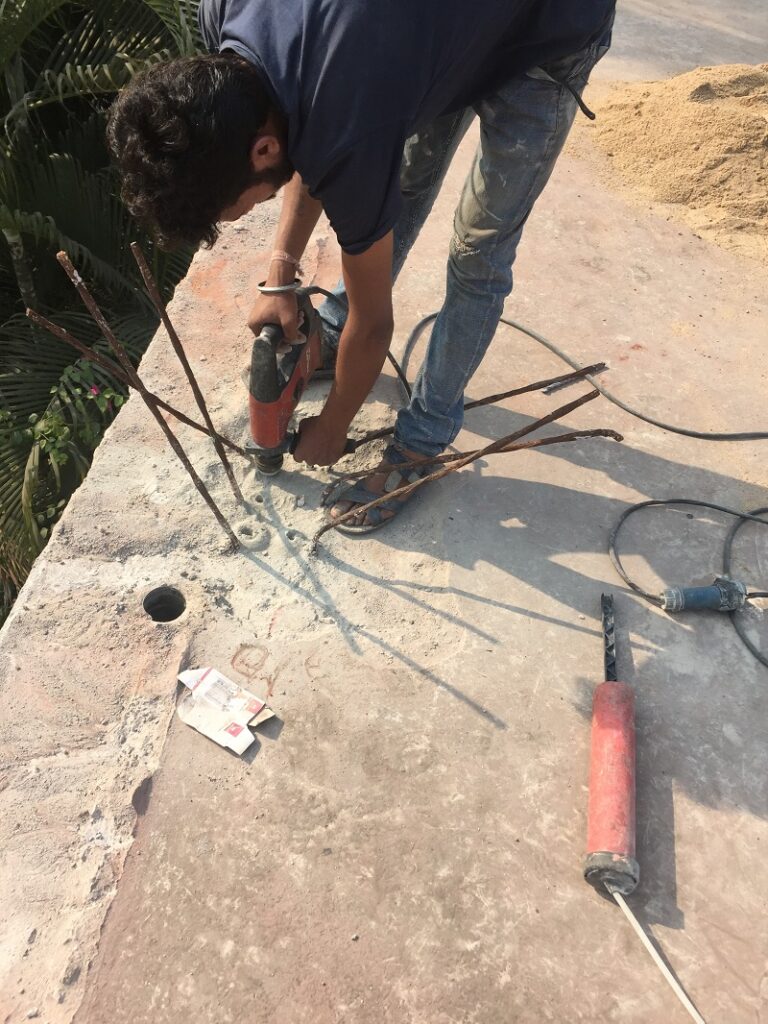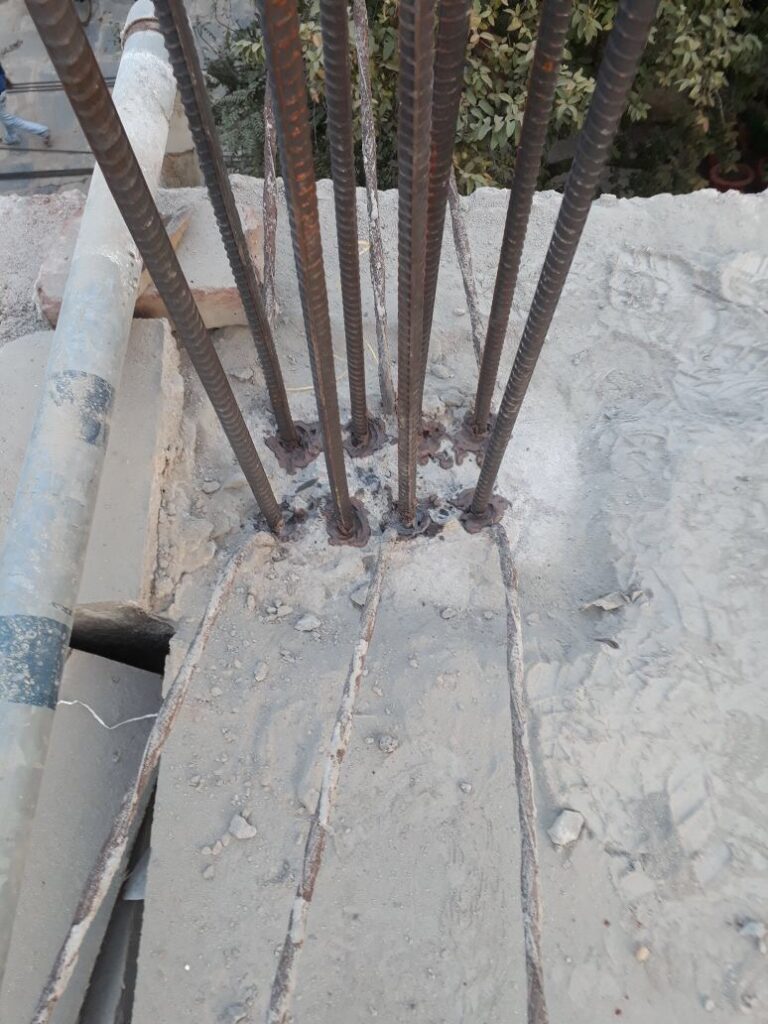Rabar Grouting Work
Rabar Grouting Work
It seems like there might be a typographical error in your question. It’s possible you meant “Rebar Grouting Work” instead of “Rabar Grouting Work.” I’ll provide information about rebar grouting work assuming that’s what you intended.
Rebar grouting work involves the installation and anchoring of reinforcing steel bars (rebar) within concrete structures, usually by filling the spaces around the rebar with grout, which is a mixture of cement, water, and often other additives. This process is essential in construction to enhance the structural integrity, stability, and load-bearing capacity of concrete elements. Here are the key aspects of rebar grouting work:
- Rebar Installation: Rebar, short for reinforcing bar, is a steel bar or mesh that is placed in concrete forms before pouring the concrete. It’s used to provide tensile strength to the concrete, which is otherwise weak in tension. The rebar layout and spacing are determined by structural engineers based on the specific project requirements.
- Grout Composition: Grout is a mixture of cement, water, and, in some cases, additives like sand or admixtures for improved flow, strength, or durability. The specific grout mix design depends on the project’s structural requirements and conditions.
- Grout Placement: The grout is poured into the formwork around the rebar to completely encase and secure it within the concrete element. The grouting process is often done in stages as the concrete is poured, ensuring that the rebar is consistently surrounded by grout.
- Consolidation: Adequate consolidation is essential to ensure that the grout fully surrounds the rebar without voids or honeycombing. This is often achieved using vibration techniques or other consolidation methods to eliminate air pockets.
- Quality Control: Proper placement and consolidation of grout are critical for the structural performance of the concrete element. Quality control measures, including regular inspections and testing, are often implemented to ensure that the grouting work meets the specified standards.
- Curing: After grouting, curing is essential to allow the concrete and grout to attain their desired strength. This typically involves keeping the concrete and grout moist or in a controlled environment for a specified period.
Rebar grouting work is commonly used in various construction projects, including the construction of foundations, columns, beams, walls, and other structural components. The grouting process helps bond the rebar to the surrounding concrete, increasing the structural integrity and ensuring that the load-bearing capacity of the concrete structure meets design requirements. Proper execution of rebar grouting work is crucial for the safety and durability of buildings and infrastructure.






